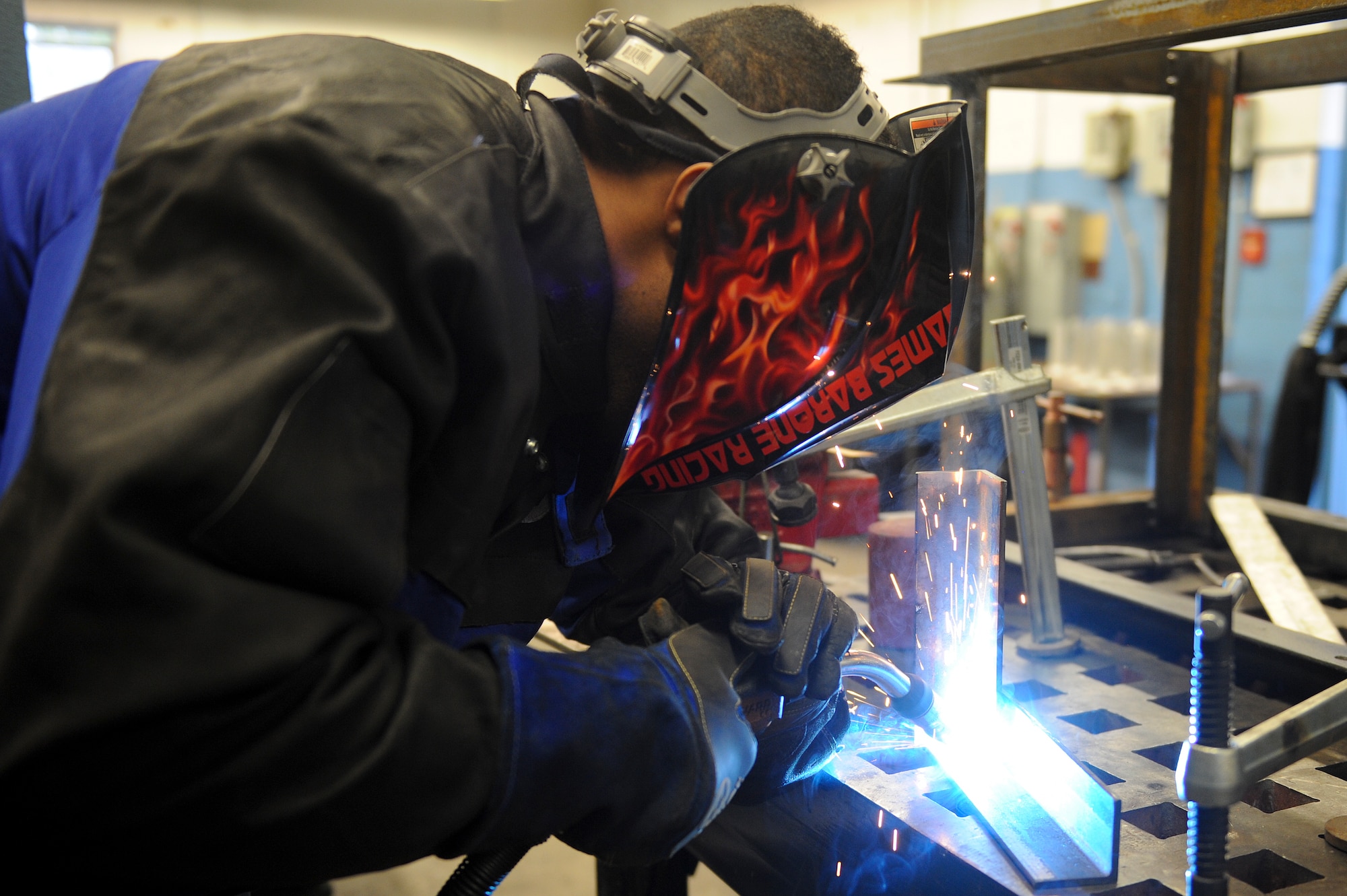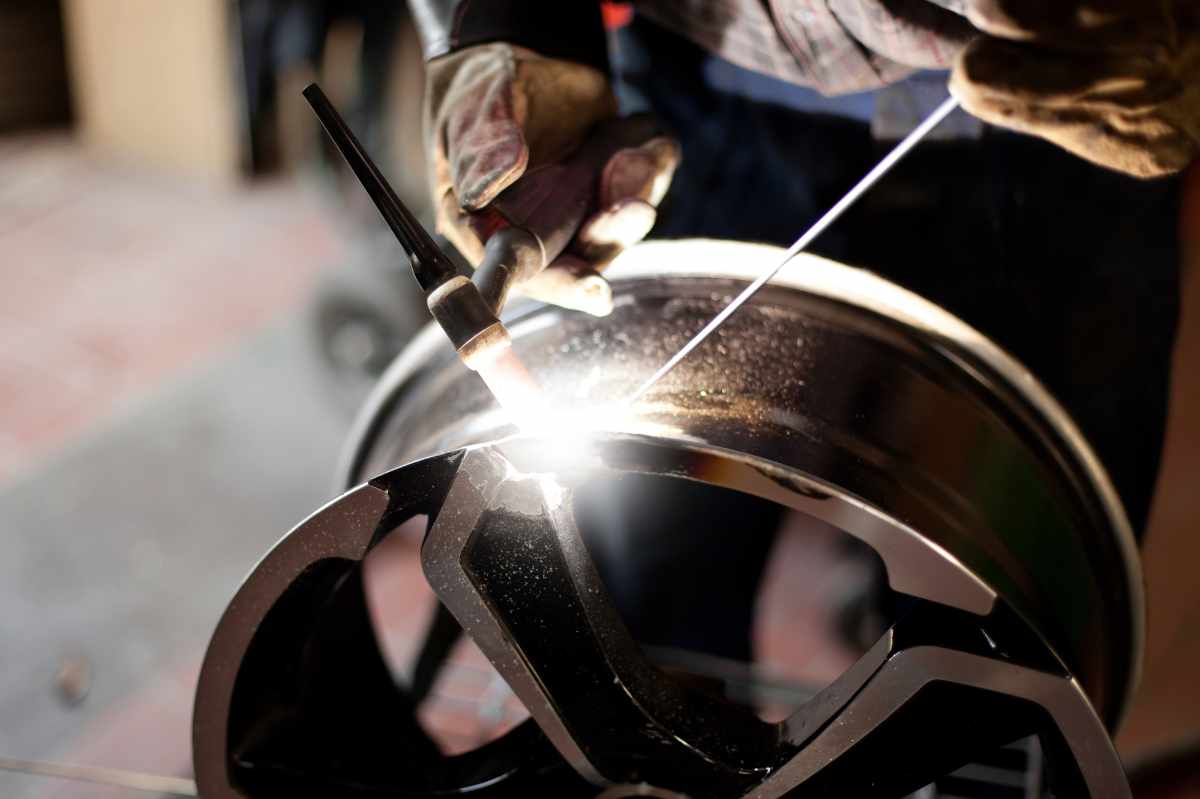Fast fixes to weld misalignment in Montana Mobile Welding and Repair Fabrication
Everything about Welding: Secret Insights Into Techniques and Finest Practices for Success
Welding encompasses a selection of strategies, each matched for particular materials and applications. Recognizing these techniques, such as GMAW, SMAW, and TIG, is essential for achieving excellent results. The best equipment and safety and security practices can not be ignored. As prep work and fixing play essential functions in the welding process, grasping these elements can considerably boost the top quality of the end product. What are the crucial variables that assure a successful weld?
Recognizing Various Welding Methods
Welding strategies include a selection of methods, each matched to particular applications and products. Amongst the most common methods are Gas Steel Arc Welding (GMAW), Protected Steel Arc Welding (SMAW), and Tungsten Inert Gas Welding (TIG) GMAW, additionally known as MIG welding, is prominent for its speed and convenience, making it excellent for slim materials. SMAW, or stick welding, is preferred for its simpleness and performance in outdoor atmospheres, particularly with thicker metals. TIG welding uses precision and control, making it appropriate for complex work and non-ferrous steels (Montana Mobile Welding and Repair Belgrade Welding). Each method has its one-of-a-kind advantages and considerations, permitting welders to choose the very best technique based upon the task's needs, product type, and wanted outcomes. Recognizing these techniques is important for effective welding
Essential Welding Tools and Devices
While numerous welding methods call for details abilities, the appropriate tools and devices are equally important for attaining high quality results. Essential welding devices includes welding machines, which vary depending on the strategy-- such as MIG, TIG, or stick welding. Protective gear, including aprons, safety helmets, and gloves, guarantees security and convenience throughout the process. In addition, components and clamps assist safeguard materials in position, making certain accuracy in welds. Consumables like welding rods, wire, and protecting gas are additionally critical parts that affect the quality of the weld. Moreover, devices such as cutters and mills facilitate surface area preparation and post-weld finishing, adding to a professional outcome. Spending in top notch equipment inevitably improves the performance and efficiency of welding tasks.
Security Practices in Welding
Appropriate security techniques are necessary in the welding sector to protect employees from possible hazards. Welders have to put on ideal personal protective devices (PPE), consisting of headgears with correct shading, gloves, and flame-resistant clothing. Adequate air flow is vital to reduce direct exposure to damaging fumes and gases produced during the welding procedure. In addition, workers must be educated in the right handling of welding devices to avoid accidents. Fire precaution, such as maintaining flammable materials far from the welding location and having fire extinguishers readily available, are essential. Normal examinations of equipment and work areas can assist identify possible dangers before they cause crashes. By adhering to these security practices, welders can produce a safer working environment and decrease threats related to their profession.
Readying Products for Welding
Preparing materials for welding is a vital action that considerably affects the top quality and stability of the last product (Montana Mobile Welding and Repair Belgrade). Proper preparation entails cleaning the surface areas to remove impurities such as rust, dust, and oil, which can compromise the weld. Strategies such as grinding, sanding, or using solvents are commonly utilized to accomplish a tidy surface. Furthermore, guaranteeing that the materials mesh snugly is necessary; gaps can bring about weak welds. It's likewise essential to take into consideration the alignment and positioning of the elements, as this will certainly influence Check Out Your URL the simplicity of welding and the final outcome. Finally, choosing the ideal filler product and guaranteeing compatibility with the base metals is necessary for accomplishing solid, long lasting welds
Tips for Achieving High-Quality Welds
Accomplishing top quality welds requires interest to information and adherence to best practices throughout the welding procedure. Appropriate joint prep work is crucial, making sure surfaces are free and clean from impurities. Selecting the suitable filler material and welding technique based on the base metals is critical for perfect bonding. Keeping regular travel speed and angle while welding can protect against defects and promote harmony. Additionally, regulating warmth input is essential; excessive warm can lead to warping and weakened joints. If necessary, consistently evaluating the welds during the process enables for instant changes. Utilizing appropriate post-weld treatments, such as cleaning and anxiety relief, can boost the toughness and integrity of the weld, ultimately ensuring a successful outcome.
Troubleshooting Common Welding Issues
Welding frequently offers difficulties that can impact the top quality and honesty of the final item. Usual problems such as porosity, inconsistent weld grains, and getting too hot can develop, each needing certain fixing methods. Comprehending these problems is essential for welders to improve their abilities and achieve suitable outcomes.
Porosity Problems Described
Although porosity can often be forgotten, it remains a critical issue in welding that can compromise the integrity of a finished product. Porosity describes the existence of little gas pockets within the weld bead, which can lead and compromise the joint to premature failure. This issue generally develops from pollutants, dampness, or inappropriate shielding gas insurance coverage during the welding process. To reduce porosity, welders must confirm that the base materials are completely dry and clean, make use of suitable securing gases, and keep regular welding specifications. On a regular basis evaluating the tools and environment can likewise assist identify potential problems prior to they materialize in the weld. Dealing with porosity properly is necessary for accomplishing solid, sturdy welds that fulfill quality criteria.

Irregular Weld Beans
Irregular weld beads can considerably impact the quality and stamina of an ended up product. Various variables contribute to this concern, consisting of inappropriate travel speed, incorrect amperage settings, and irregular electrode angles. When the welder relocates too promptly, a grain may appear narrow and do not have penetration, while moving too gradually can create too much accumulation. Furthermore, making use of the wrong amperage can lead to either undercutting or excessive spatter, both of which compromise weld integrity. The welder's technique, such as read this inconsistent lantern movement, can additionally result in irregular grain appearance. To minimize these problems, welders must focus on maintaining stable, regulated motions and making sure correct equipment settings to achieve uniformity in their welds. Uniformity is essential to attaining solid and trustworthy welds.
Getting Too Hot and Bending Issues
Excessive warmth during the welding process can result in significant overheating and contorting problems, influencing the architectural integrity of the workpiece. These issues usually manifest as distortion, which can jeopardize alignment and fit-up, making more setting up testing. Factors adding to overheating consist of the choice of welding parameters, such as voltage and travel speed, along with the type of product being welded. To alleviate these issues, welders need to preserve regular travel rate and ideal warmth input while monitoring the workpiece you could look here temperature level. Additionally, pre-heating or post-weld heat therapy can aid relieve stress and anxieties created by fast air conditioning - Montana Mobile Welding and Repair Belgrade Fabrication. Routine evaluation and adherence to best techniques are essential in stopping getting too hot and making sure the durability and reliability of bonded structures
Regularly Asked Inquiries
What Are the Career Opportunities in the Welding Industry?
The welding industry uses varied career possibilities, consisting of positions as welders, engineers, inspectors, and teachers. Experts can operate in manufacturing, building and construction, aerospace, and vehicle fields, gaining from strong need and competitive incomes in numerous duties.
Just How Can I Boost My Welding Rate Without Sacrificing Top Quality?
To improve welding rate without sacrificing top quality, one should practice efficient methods, maintain tools, enhance setups, and improve hand-eye control. Routine training and seeking comments can also significantly contribute to attaining faster, premium welds.
What Accreditations Are Offered for Welders?
Various certifications exist for welders, including those from the American Welding Society (AWS), the National Center for Construction Education And Learning and Research (NCCER), and numerous industry-specific organizations. These credentials boost employability and demonstrate skill effectiveness.
Exactly How Does Welding Influence the Properties of Metals?
Welding affects the residential or commercial properties of steels by modifying their microstructure, which can lead to changes in strength, ductility, and firmness. Warm input and cooling rates during the procedure substantially influence these material attributes.
Can I Weld Dissimilar Metals Together?
